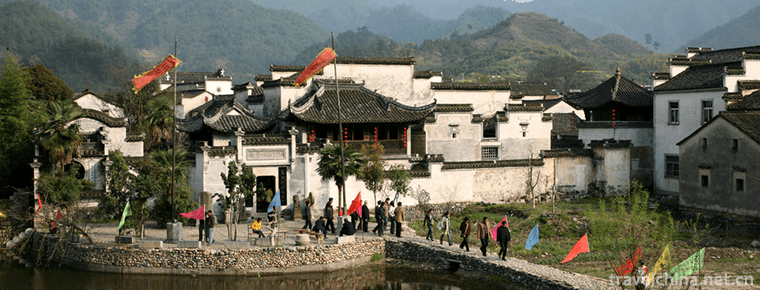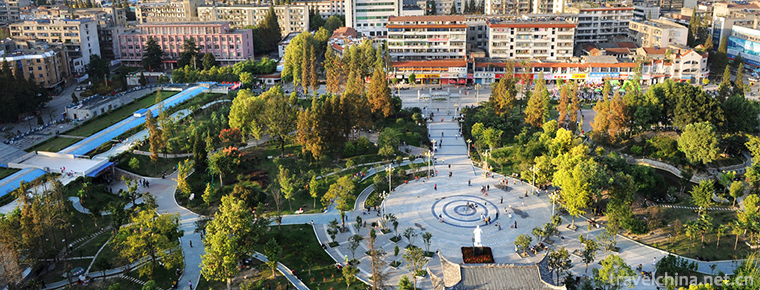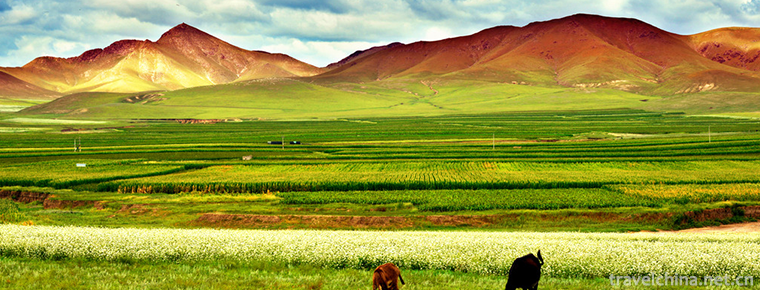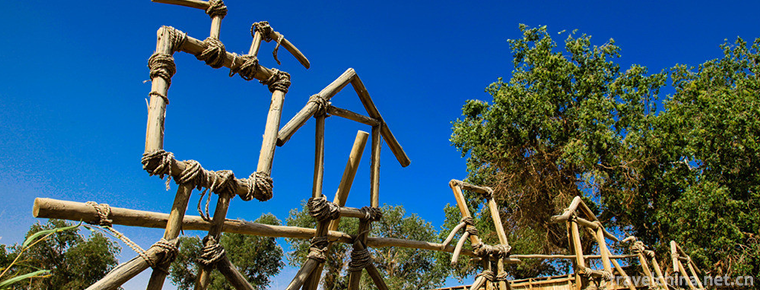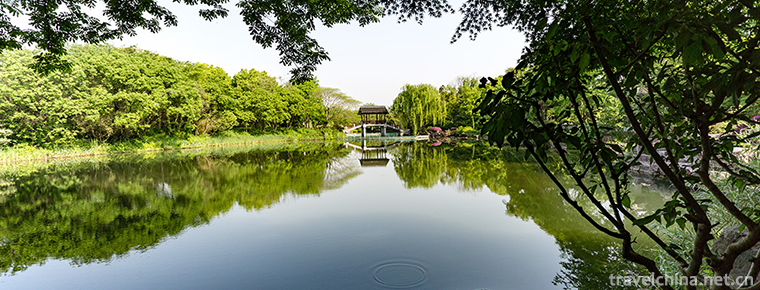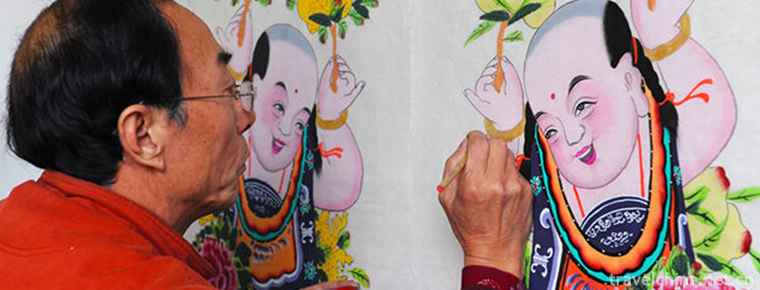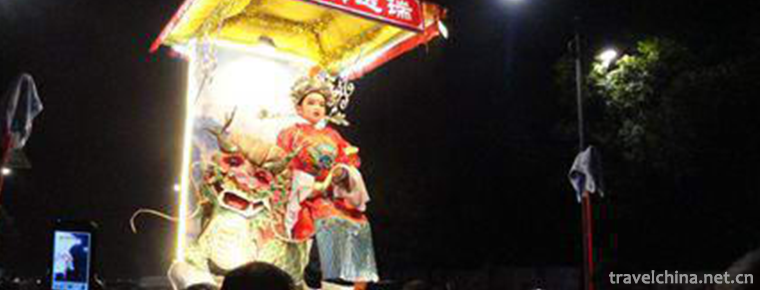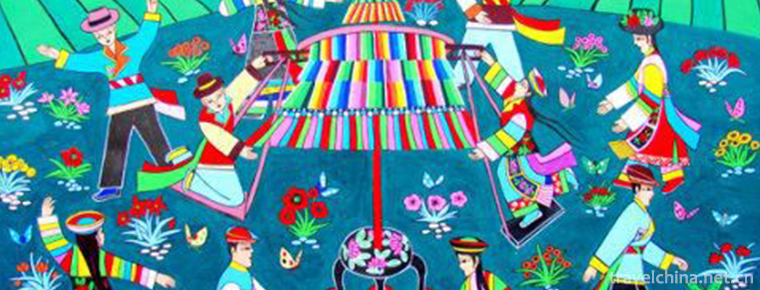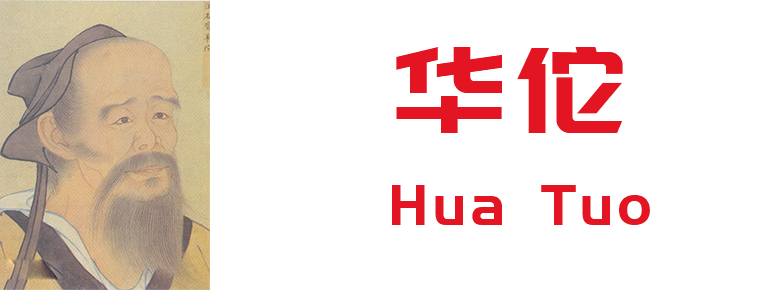Weiyang Palace Site in Changan City Han Dynasty
Weiyang Palace Site in Changan City Han Dynasty
The site of Weiyang Palace in Chang'an City of Han Dynasty, located in the southwestern part of the site of Weiyang District, Xi'an City, Shaanxi Province, was built in the seventh year of Han Gaozu (200 years ago) and destroyed in the war at the end of Tang Dynasty. It survived in 1041. It is the most used and longest-lived Imperial Palace in Chinese history.
Weiyang Palace, also known as the Western Palace, is the main hall of the Western Han Empire, the center of the Western Han Empire's decrees for more than 200 years. After the Western Han Dynasty, it was still the administrative land of many dynasties. Sui and Tang Dynasties were also classified as part of the Forbidden Garden.
On March 4, 1961, the Weiyang Palace Site in Chang'an City of Han Dynasty was declared as the first batch of national key cultural relics protection units by the State Council. On June 22, 2014, at the 38th UNESCO World Heritage Committee meeting in Doha, Qatar, the Weiyang Palace Site in Chang'an City, Han Dynasty, was successfully listed on the World Heritage List as a site of the Silk Road: Road Network of Chang'an-Tianshan Corridor, which was jointly applied for by China, Kazakhstan and Kyrgyzstan.
Historical evolution
Chang'an, the capital of the Western Han Empire, where the Weiyang Palace is located, is the political, economic and cultural center of the whole country, and is also a famous international city. As the "palace" of the Han Empire, the Weiyang Palace is the most important building in Chang'an City of Han Dynasty. It has an important influence on the ancient capital system of China. It has become one of the most famous palaces in ancient China because of its longest use period and far-reaching influence on later generations. In 1956, the Institute of Archaeology of the Chinese Academy of Sciences (the predecessor of the Institute of Archaeology of the Chinese Academy of Social Sciences) formed the Han Chang'an City Task Force and began the archaeological work of Han Chang'an City. From 1961 to 1962, the Task Force conducted a preliminary exploration of the Weiyang Palace. Since the 1980s, the Task Force has carried out all-round archaeological exploration and key excavation of the Weiyang Palace site.
In the spring and autumn of 1980, a preliminary investigation and drilling were carried out on Jiaofang Palace building site (No. 2 building site of Weiyang Palace). A review was conducted in the spring of 1981. The site was excavated on a large scale from October to December 1981 and from February to May 1982. Supplementary excavations were carried out from March to May 1983. Site No. 2 of Weiyang Palace is 180 meters west of Daliuzhai Village, Weiyang Palace Township, Weiyang District, Xi'an City. It is located 330 meters north of the former palace site of Weiyang Palace and 275 meters south of Tianluge site.
From April to June and October to December 1980, the site of Area A and Area B of Qiandian Architectural Site (No. 1 of Weiyang Palace) was excavated.
From December 1985 to January 1986, September 1986 to May 1987, Ding excavated the building site of the Central Government Office (No. 3 building site of the Weiyang Palace). The site is 100 meters east of Lujiakou Village, Weiyang Palace Township, Weiyang District, Xi'an City. It is located 880 meters northwest of the former palace site of Weiyang Palace and 105 meters west of the Western palace wall of Weiyang Palace.
From September 1987 to May 1988, Shaofu (or the government office under its jurisdiction) building site (No. 4 building site of Weiyang Palace) was excavated . The site is located in the southwest of Kejiazhai Village, Weiyang Palace Township, Weiyang District, Xi'an City. It is 400 meters southeast from the former palace site of Weiyang Palace, and 350 meters east of the second building site of Weiyang Palace (the Jiaofang Palace site).
From October 1988 to April 1989, the building site of the Southwest Corner Tower of Miyagi City (No. 5 of the Weiyang Palace) was excavated. Located in the north of Cheliu Village, Sanqiao Town, Weiyang District, Xi'an City.
In addition, during the decade of the 1980s, the layout of the Weiyang Palace was comprehensively explored, and some palace gates, walls and roads were partially excavated.
Tourism information
Address: The site of Weiyang Palace in Chang'an City of Han Dynasty is located in the urban and rural areas of Weiyang District, Xi'an City, about 2 kilometers north of the South Bank of Weihe River. The site is located in seven villages: Daliuzhai, Majiazhai, Xiaoliuzhai, Kejiazhai, Zhoujiahe Bay and Lujiakou.
Tickets: Free.
Traffic: Buses No. 234 and No. 331
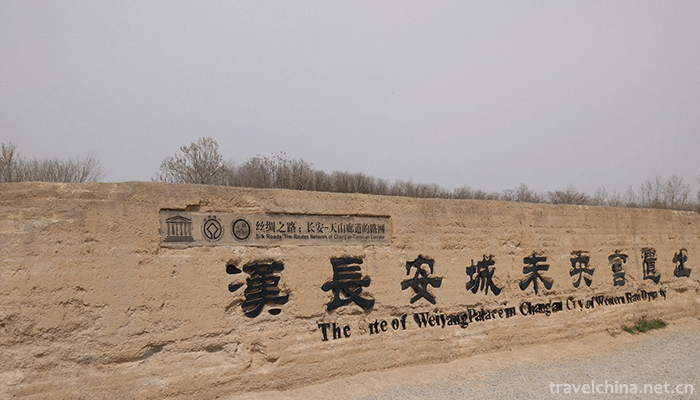
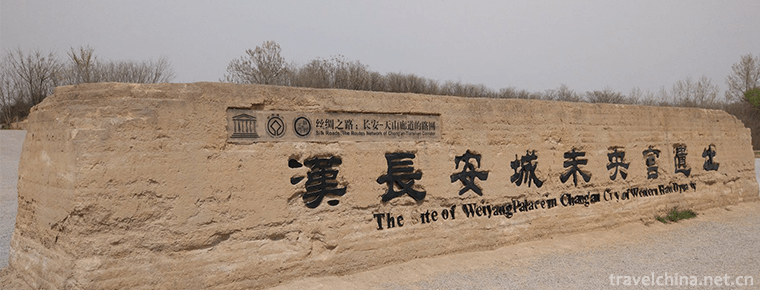
Weiyang Palace Site in Changan City Han Dynasty
-
Jixi Longchuan Scenic Area
Jixi Longchuan Scenic Area in Xuancheng City, Anhui Province, is a national AAAAA-level Tourism Scenic Area officially approved by the State Tourism Administration
Views: 167 Time 2018-12-08 -
Zhongshan Park
Zhongshan Park is located in the south of the Forbidden City (Palace Museum) in the center of Beijing, west of Tian'anmen, and separated from the Palace Museum.
Views: 132 Time 2018-12-22 -
Bayinbrook Grassland Scenic Area
Bayinbrook grassland: formerly known as Yuledus grassland, Zhuledus grassland, Yuludus grassland, because it is mainly located in Xinjiang Bayinguoling Mongolian Autonomous Prefecture
Views: 125 Time 2019-01-02 -
Rob Village
Located 35 kilometers southwest of Yuli County, Luobu Village is 85 kilometers south of Korla City. The village covers 72 square kilometers and has more than 20 families
Views: 214 Time 2019-02-06 -
Xixi Wetland Tourist Area
Xixi National Wetland Park is located in the west of Hangzhou City, Zhejiang Province. It is only 6 kilometers away from Wulin Gate, the main city of Hangzhou, and 5 kilometers away from West Lake.
Views: 156 Time 2019-02-25 -
High Density Gray Spring Festival Pictures
Gaomi gray-flushing New Year painting, also known as "folk freehand painting", is one of the national intangible cultural heritage of Gaomi folk traditional art in Shandong Province.
Views: 158 Time 2019-04-30 -
Raise the Pavilion
Lifting the pavilion, also known as the pavilion, is a unique traditional folk dance that integrates historical stories, myths and legends, and integrates painting, opera, tie-up, paper sculpture, acr
Views: 159 Time 2019-06-18 -
Turkish Pan Embroidery
Pan embroidery is the most important embroidery method in Chinese Tu embroidery, and it is a compulsory course for Tu women in their lifetime. Pan embroidery is a unique embroidery method of the Tu na
Views: 408 Time 2019-06-23 -
Cognitive Method of Life and Disease in Traditional Chinese Medicine
Cognitive method of life and disease of traditional Chinese medicine, one of traditional Chinese medicine, is declared by the Chinese Academy of Traditional Chinese Medicine and one of the national in
Views: 183 Time 2019-08-03 -
Hua Tuo
Hua Tuo (about 145 ad - 208 AD), the character is changed into one. Pei country Qiao County People, Eastern Han Dynasty The famous medical scientist at the end of the year.
Views: 239 Time 2019-09-07 -
Ancient plank road of Mingyue Gorge
Mingyuexia ancient plank road is located at the mouth of Jialing River Valley, Chaotian District, Guangyuan City. It is the starting point of national Jianmen Shu Road scenic tourism line, and is a provincial key cultural relics protection unit.
Views: 422 Time 2020-11-08 -
Plant resources in Leshan
Leshan City is located in the middle subtropical zone, which is located in the southwest of Sichuan Basin and Hengduan Mountain area. Emei Mountain is the most representative area. There are 1452 species, 585 genera and 141 families of seed plants
Views: 111 Time 2020-12-17
